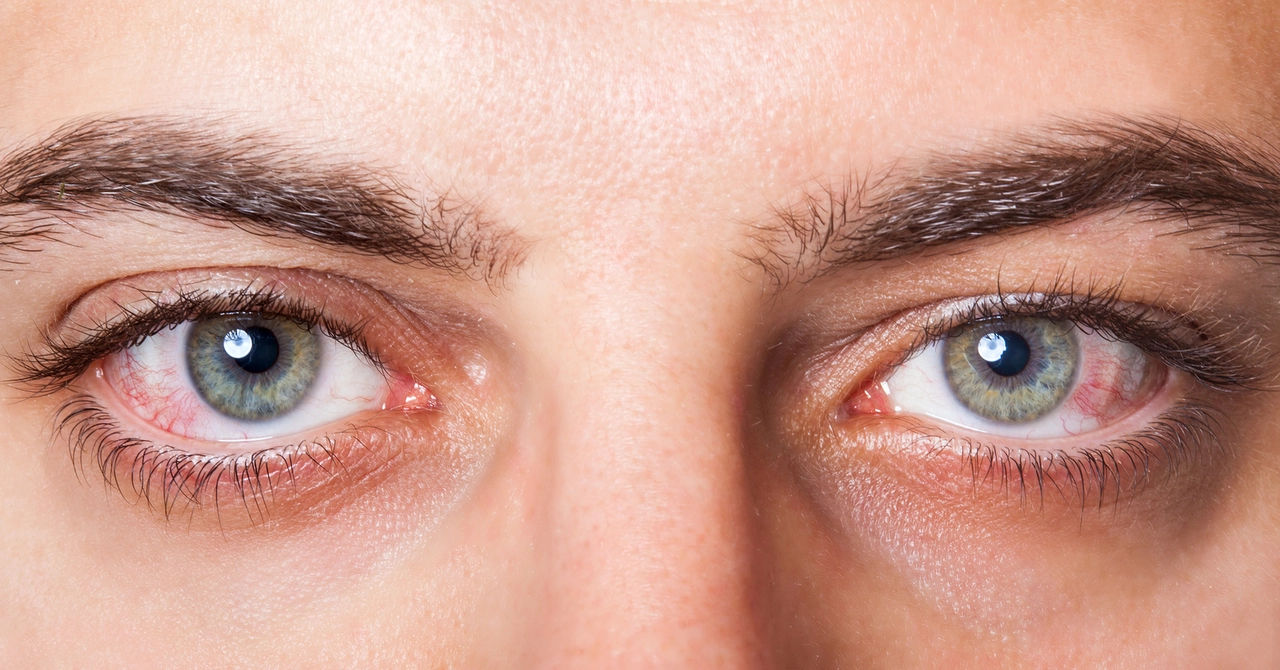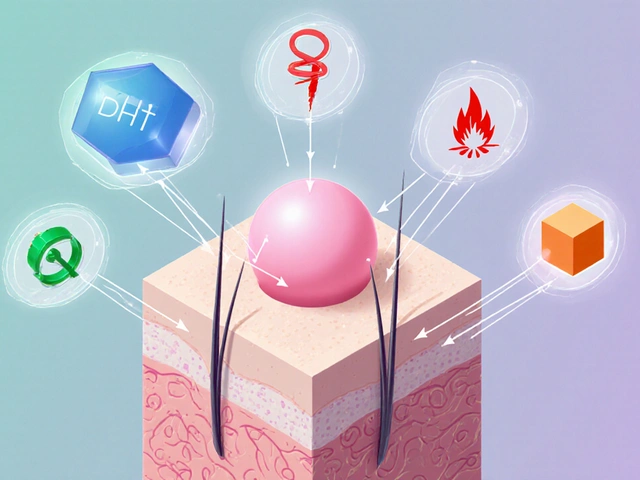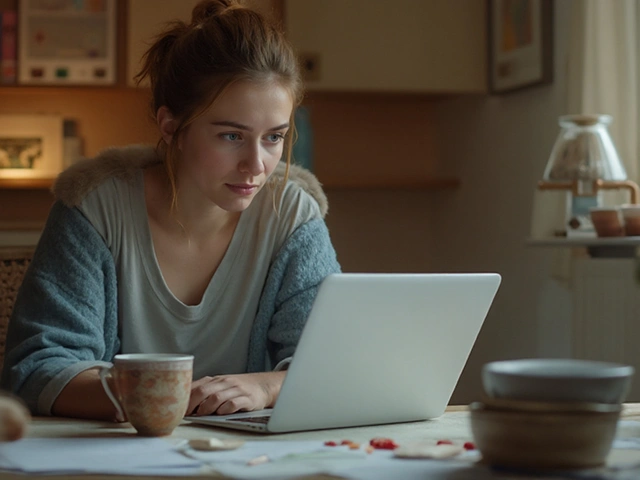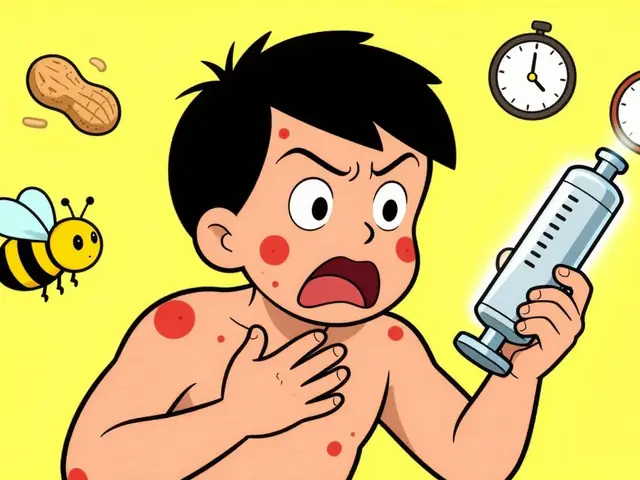Effective Treatment: How to Find What Actually Works
Want a treatment that truly helps—not just one that sounds hopeful? Effective treatment combines proven medicine, realistic goals, and simple follow-up. Use these steps to pick options that work for you and avoid wasted time and side effects.
Start with the evidence. Look for treatments mentioned in clinical guidelines, major medical websites, or recent review articles. If a therapy shows up only in anecdotes or forum posts, treat it with caution. Evidence doesn’t guarantee a cure, but it shows which options have been tested and compared.
Check safety, monitoring, and interactions
Safety matters as much as effectiveness. Learn common side effects and serious risks, and find out who should avoid the treatment (pregnant people, certain medical conditions, or those on interacting drugs). Ask if the medicine needs blood tests, ECGs, or other monitoring—and whether you can actually get those tests where you live. Never mix prescription meds with herbal supplements or OTC drugs without checking, because interactions can reduce benefit or cause harm.
Think about how quickly the treatment should work. Some meds show benefit in days; others need weeks or months. Set a clear check-in time with your clinician: for example, "If no improvement in four weeks, we’ll try option B." That prevents staying on an ineffective plan longer than necessary.
Cost, access, and practical fit
If you can’t afford or reliably get the treatment, it won’t be effective for you. Ask about generics, patient assistance programs, or equivalent alternatives. Consider the delivery method: a once-daily pill might be easier to stick with than multiple doses a day. If a medicine causes nausea at work hours, switching timing or form (liquid, patch) can improve real-world success.
Talk to your clinician like a teammate. Bring a short list: symptoms, goals (what “working” looks like), other meds, allergies, and what you tried before. Ask direct questions: How long before I should see change? Which side effects need urgent care? What is plan B if this fails? Clear answers help you make smart choices fast.
Track results. Use a simple notebook, phone notes, or an app to record symptoms, side effects, and key dates. Photos, symptom scores, or blood pressure logs give clear proof of progress. If you don’t see the agreed improvement by the check-in point, revisit the plan—adjust dose, add a supportive therapy, or switch drugs.
Combine treatments when it helps. Often the best results come from a mix: medicine plus lifestyle changes, physical therapy, counseling, or hygiene steps. For infections, pairing the right drug with proper wound care or hygiene speeds recovery. For chronic conditions like high blood pressure or depression, medication plus diet, sleep, and therapy usually gives better long-term control.
Watch for red flags: trouble breathing, fainting, severe rash, or sudden mood swings. If any of those happen, stop the treatment and seek urgent care. Keep a copy of prescriptions, allergies, and recent labs so any clinician can help quickly.
Finding an effective treatment is a stepwise process: use evidence, check safety, make it practical, track outcomes, and stay ready to adjust. That approach gives you the best shot at real, lasting improvement.




